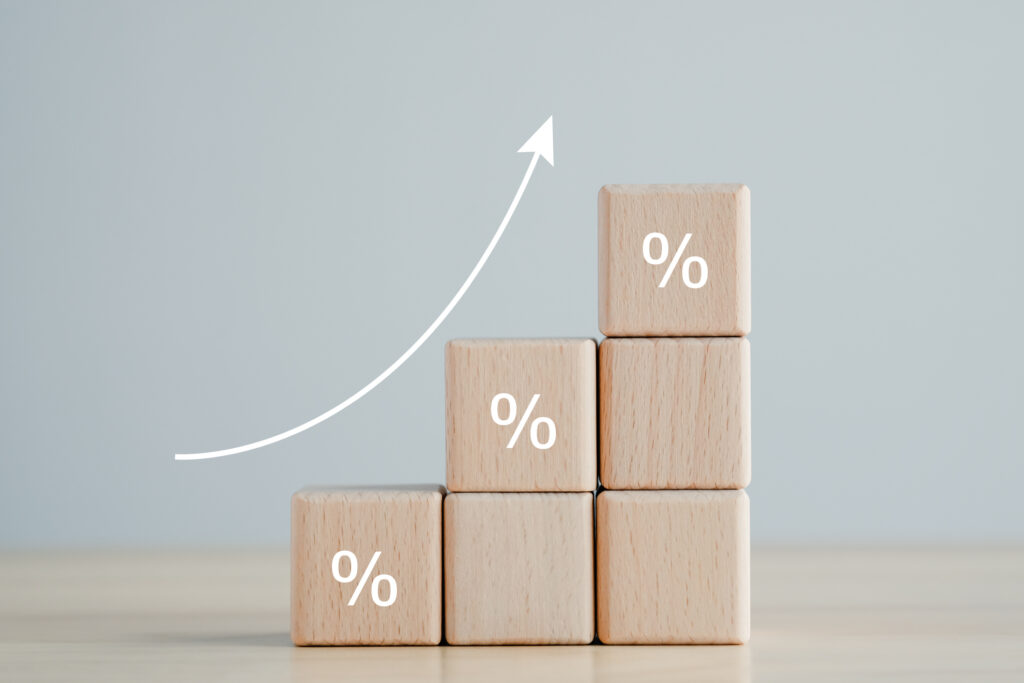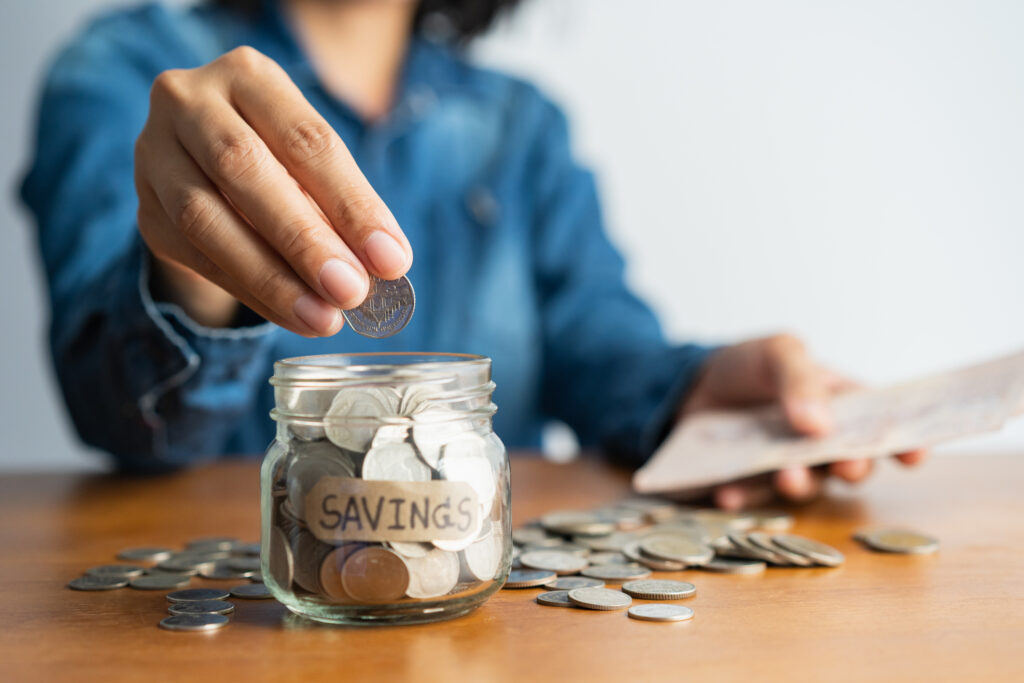
Grades 9-12

Don't have an account yet? Sign up for free
Don't have an account yet? Sign up for free
Nearpod version available
Students will be able to:

In this personal finance lesson, students will learn to compound interest and amortization to calculate the cost of a car.
ReadyAssessments:
Miscellaneous Items
EARNING CREDIT PART 1
Warm-Up
Start your lesson by saying, “In today’s lesson, you will learn about credit scores and interest rates and analyze how current financial choices, such as borrowing money and failing to repay it, can have major costs in the future.”
Open the Earning Credit PowerPoint Slides and show slide 1. Pair students and give them 1-2 minutes to discuss and answer the following question seen on the slide: Have you ever borrowed money from someone and not repaid it? Or has anyone ever borrowed money from you and not repaid it?
Modeling
Show Slide 3 and define credit as borrowed money that is used to buy goods and services and must be repaid later. Explain that credit-rating agencies, such as Trans Union, Experian and Equifax, actually track individuals’ use of credit throughout their lives and create credit reports. Other companies use information from credit reports to compute credit scores for individuals. The most well-known of these is Fair Isaac Corporation, now called FICO. A credit score is a single number assigned to a person used by lenders to predict the risk that a borrower will not repay.
Individual Activity
During the next section of the lesson, students will take an online survey, which will calculate a simulated credit score for them. Teacher Set-up: Before assigning students to take the survey, you must sign up as a teacher in Earning Credit Survey. Student responses to the survey will be used to calculate a simulated credit score for them. Scores will range from 300 to 850.
Show slide 4. Direct students to log in to Earning Credit Survey. Ask students to be patient while the survey is loading. Once the application has loaded, instruct students to write down their access code for future reference. Each student should record his/her credit score because it will be used later in this lesson. The survey includes the following questions:
Show slide 5 so that students can see the range. Ask students how the survey questions are relevant to their real credit score. Explain that each question on the survey was designed to simulate one of the factors used to assess risk and determine credit scores. Ask students what factors they think are included in determining actual credit scores.
Show slide 6, which lists the categories used to determine an individual credit score, and explain how each survey question related to these categories. See notes section for teacher discussion points.
Show slide 7, which lists questions to check for understanding on credit. The answer key is in the notes section of the presentation.
EARNING CREDIT PART 2
Modeling
Open Earning Credit PowerPoint Slides. Show slides 8-14 and use the notes section of the presentation for teacher discussion points and answer keys.
Individual Activity
Distribute copies of the Exit Slip, to each student or show slide 15. Give students 5 minutes to answer the questions. Review the answers for the exit slip to check for understanding using slide 16.
Show slide 17. Use the notes section of the presentation for teacher discussion points. Then, distribute a copy of The Amortization Formula and the Price of Your Car. Distribute a calculator to each student and walk students through an example using the amortization formula using the activity sheet. Use an interest rate of 2%, a principal of $15,500 and a 5 year (60 month) loan term. Review this activity sheet as a class. You will need the Earning Credit survey to complete the worksheet. See slide 18.
Show slide 18. Read the scenario and steps or instructions to the students question 3 on The Amortization Formula and the Price of Your Car. Refer to You can view a spreadsheet of credit scores in case students have forgotten their credit scores. This is available on the Teacher Dashboard when you log in to the app. Once they have their score, direct students to calculate the monthly payment and the total cost of the loan using their interest rate, the price of $20,000, and a loan period of five years (60 months).
Show slide 19. This table will show how interest rates will vary based on credit score.
Group Activity
Show slide 20. Arrange students in groups with a variety of different credit scores/interest rates. Explain expectations for group behavior. Show Slide 21 with discussion questions. Give students 15 minutes to discuss the question with their group. Review each question as a class. Use the notes in the presentation for the teacher guide. Show slide 22 to review the graph.
Show slide 23. Explain that students will have an opportunity to obtain a new credit score and interest rate, based on their predictions about their own future behavior. Direct students to login to Earning Credit Post-Survey and take their last survey. This time, the site will provide both the credit score and interest rate simultaneously.
Go to ReadyAssessments and assign Adopt-A-Highway Quiz to your class(es).
Constructed Response

Grades 9-12

Grades 6-8, 9-12

Grades 9-12

Grades 9-12
